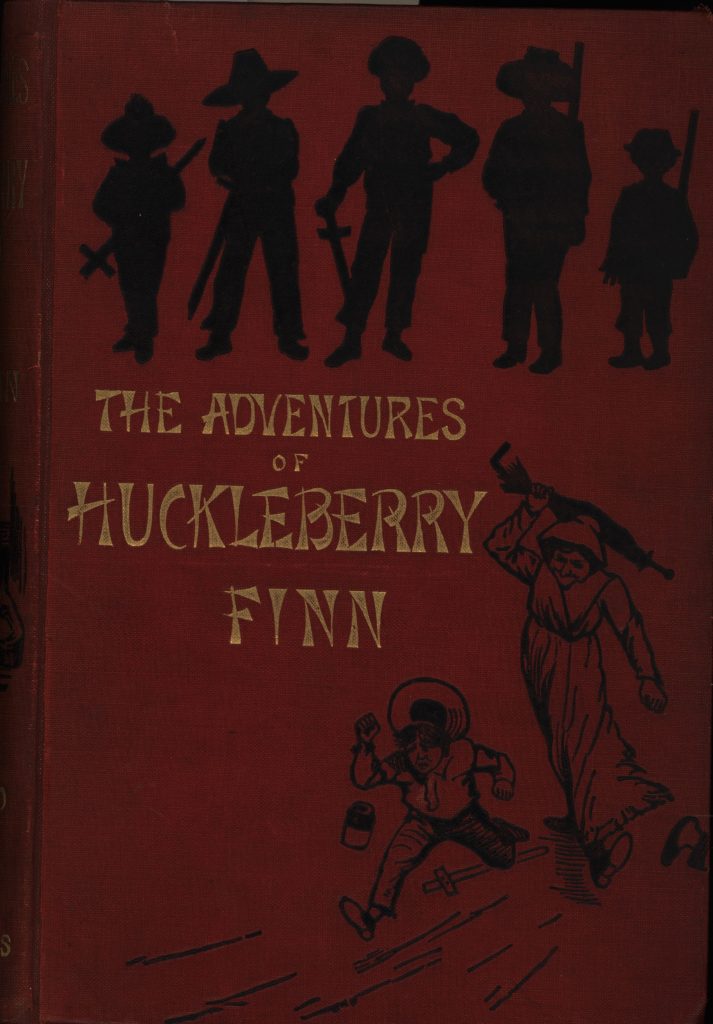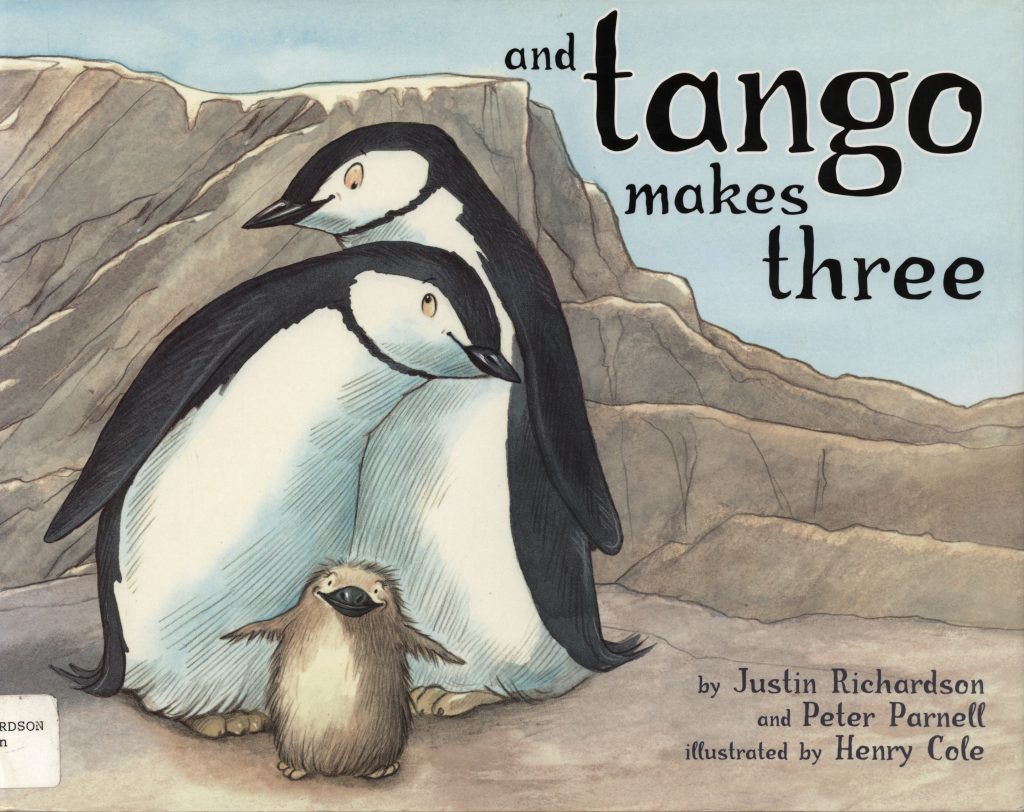Curated By Kellie Clinton
The American Library Association celebrated Banned Books Week from September 22 through September 28, 2019. Even though Banned Books Week is over, this display will remain up through the end of the week. This exhibit is meant to draw attention to the types of books that are being banned and the reasons behind it, which has shifted since the American Library Association first began collecting data on this topic.

While books have been challenged and banned for different reasons by various entities for centuries, the American Library Association (ALA) did not keep track of which books were being banned until the early 1980s, when the Supreme Court ruled that books could not be banned in school libraries because of their content. It was then that the American Library Association’s Office of Intellectual Freedom, along with the American Booksellers Association and the Association of College Stores, began collecting data about who was banning books, where they were being banned, and why they were banning them.

Today, ALA is one of fifteen contributors and sponsors in a national coalition that promotes Banned Books Week. ALA defines a book challenge as “an attempt to remove or restrict materials, based upon the objections of a person or group.” A banning is what happens when a book is removed from a library as a result of the challenge. This exhibit explores some of the titles that frequent the lists ALA compiles and distributes each year. While the American Library Association does compile and distribute these lists, they are not the ones who are challenging and/or banning books. The lists created are generated from reports made to ALA’s Office of Intellectual Freedom of other people, schools, libraries, and other establishments challenging and banning books.